Yesterday I wrote about how well-managed livestock operations are key to Heifer International's work of ending hunger and poverty while caring for the Earth. Today, I want to share with you how Heifer uses collective impact to take our community-transforming work to an even greater scale.
Collective impact – nonprofits, governments, the public, private and commercial businesses working together – may be a new term, but it is by no means a new idea or practice. It has been used in numerous sectors, and now we are using this broad, cross-sector support and coordination in agriculture, with promising results.

Collective impact is at the heart of our work in Haiti, in the Arkansas Delta and high-country area of Appalachia. All of these areas are reeling from generations of poverty and hunger, and all are peopled by hardscrabble, but determined families committed to their own success.
There is no silver bullet cure for any of these areas. All have been through years of aid with little success. But that is largely because the people were never invested in their own success. They were beneficiaries, but never participants. At Heifer, there is no success without full participation.
As an example of true collective impact, one Heifer project stands above all the others: The East Africa Dairy Development project in Kenya, Rwanda and Uganda.
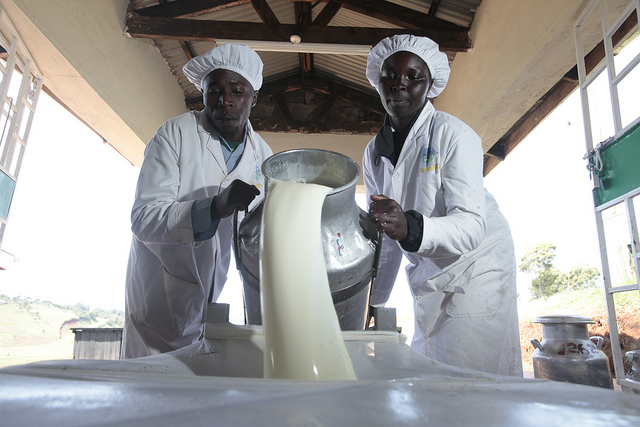
The project, funded by the Bill & Melinda Gates Foundation, is helping one million people – 179,000 families – living on small farms lift themselves out of poverty by helping them produce and market milk in a more profitable way.
Working with Gates, TechnoServe, the International Livestock Research Institute, World Agroforestry Centre and Africa Breeders Services, we are developing 30 milk-collection points for small farmers to join the growing dairy industry in East Africa. The project particularly targets women for both benefits and leadership and implements value chain elements, such as training 10,000 farmers to grow nutritious animal fodder to sell to dairy farmers as supplementary livestock feed.
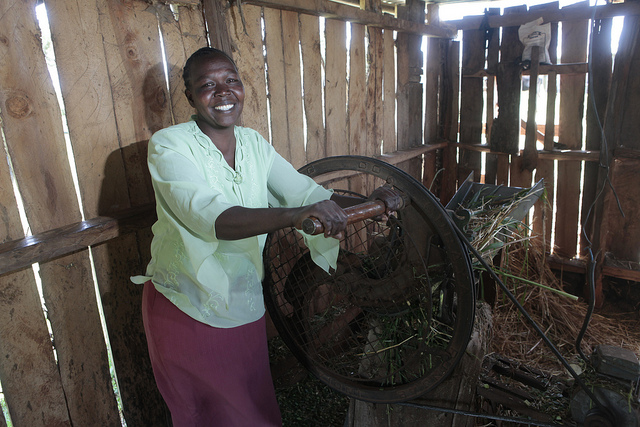
The project has been so successful, so promising—it’s one of the leading market-oriented agro-livestock development initiatives in East Africa, earning the farming families more than $35 million—that Gates recently awarded an extension grant, and together we are exploring possible expansion into Tanzania and Ethiopia to help another 274,000 families.
Let me reiterate that success such as this is only possible because of the power of partnerships—collective impact. Every partner brings a separate and complementary expertise. Heifer, like other NGOs, has expertise in community development at a grassroots level; governments can assist with infrastructure and laws; for-profit companies and foundations such as Gates provide financial resources and intellectual property, even market demand for emerging markets in the same field, such as dairy.
And let’s never forget that for-profits and corporations can be mentors, partners and even buyers. It’s a complementary relationship for everyone, and a growing phenomenon, but it must be built around recharging agriculture.
Everyone agrees on the critical role agriculture will play in the future—of Africa, of Asia, of a world aimed at a global population of nine billion by 2050. But it will only come true if small farmers are brought fully into the agricultural value chain, and only if that chain stretches from the producer, the farmer, to the consumer, and ensures full participation along the way.
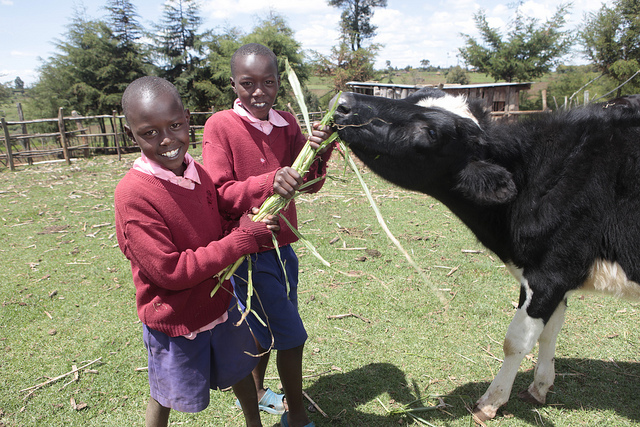
At Heifer International, we work with the poor smallholder farmer, with a focus on women because when women are given access to more income, they tend to spend it on their children and home, rather than squandering it. And if they had the same access to credit and land worldwide, they’d produce about 30 percent more food than men do on the same land.
So we help women not only improve crops and agricultural resources and practices, but we also strengthen their social capital through women's empowerment, training, animal management and helping them create or become a part of critical mass – cooperatives that give them a greater stake in the value chain than just producing the food.
At the same time, we work with farmers to connect to others in the value chain—butchers, wholesalers, distributors—to develop competitive value chains to increase their productivity and incomes up and down the value chain, starting with farmers but also including processors, suppliers, transporters, exporters, retailers and others involved in rural wealth creation.
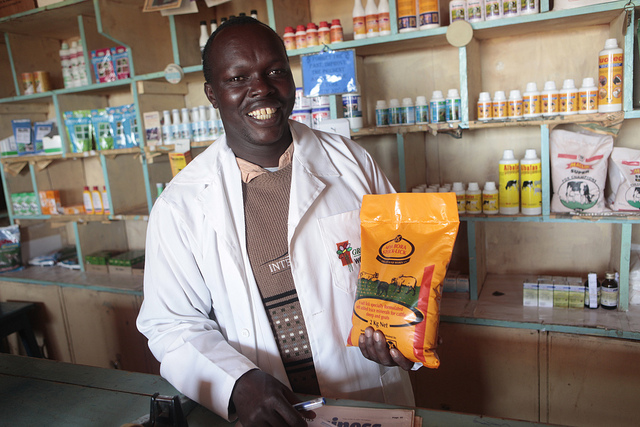
We also work to help them gain access to finance. Without this access, small farmers cannot take advantage of green revolution opportunities and technologies. Think about it. In Africa, for example, agriculture accounts for more than 40 percent of the GDP and employs about 70 percent of the people, mostly women; but less than one percent of total lending by commercial banks goes into agriculture.
So we work with partners across the value chain to reduce the risk of lending, to build confidence not only in the producing potential of the smallholder farmer, but in her ability to access and take advantage of new users and markets. We work, too, to harness the potential of technology, in fieldwork and in reporting.
Increasingly, the Internet, cellphone networks, radios and digital cameras are playing important roles in improving farming, improving breeds and spanning geographic distances to develop new and promising markets. Through our East Africa Dairy Development project, our partners and we have made important advances in evidence-based reporting. And not just of the production or economic capacity of farmers and others in the market chain, but of community development improvements—participation, gender equity, nutrition and better animal management and care.
These improvements are fostering community, regional and in some cases countrywide improvements. All of these successes produce “ripple effects,” which can help induce private investments for future growth. The net effect is to create improved economic stability and food security for everyone.
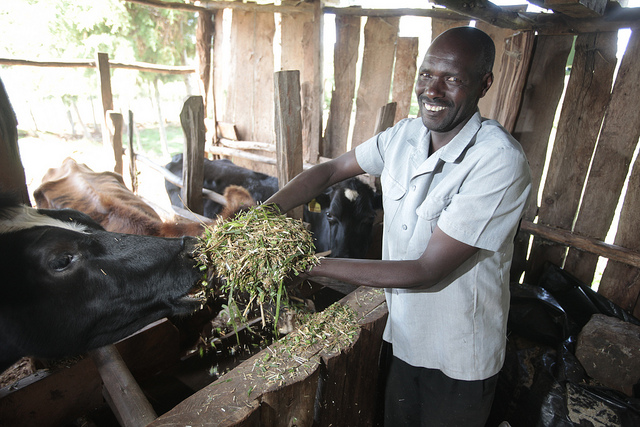
Unless we act in a unified and committed way, the age of the unthinkable is almost upon us. Let me quickly recap—population growth, climate change, accelerating information, technology, amazing genomic technology, advanced organic practices, robotics and rapid economic growth in non-western economies are all converging.
This convergence will force us to respond in ways that are not yet fully vetted. We know that women smallholder farmers will be at the epicenter of the changes we will need to make. Public-private partnerships provide a fabulous platform for us to start.
The next few years will be exciting and full of promise. I can’t think of anything more fulfilling than working in partnership with you all as we pursue the end of hunger and the end of poverty and restoring our beautiful home.
But continued progress will require unity across the private sector, NGOs, agribusiness and government. All global citizens must take ownership of what threatens our world. As it is said in Kenya, “Harambee.” Together we can do it.
I hope you have enjoyed reading these excerpts from my keynote speech from last week's World Food Prize. In case you missed the earlier ones, you can find them here: